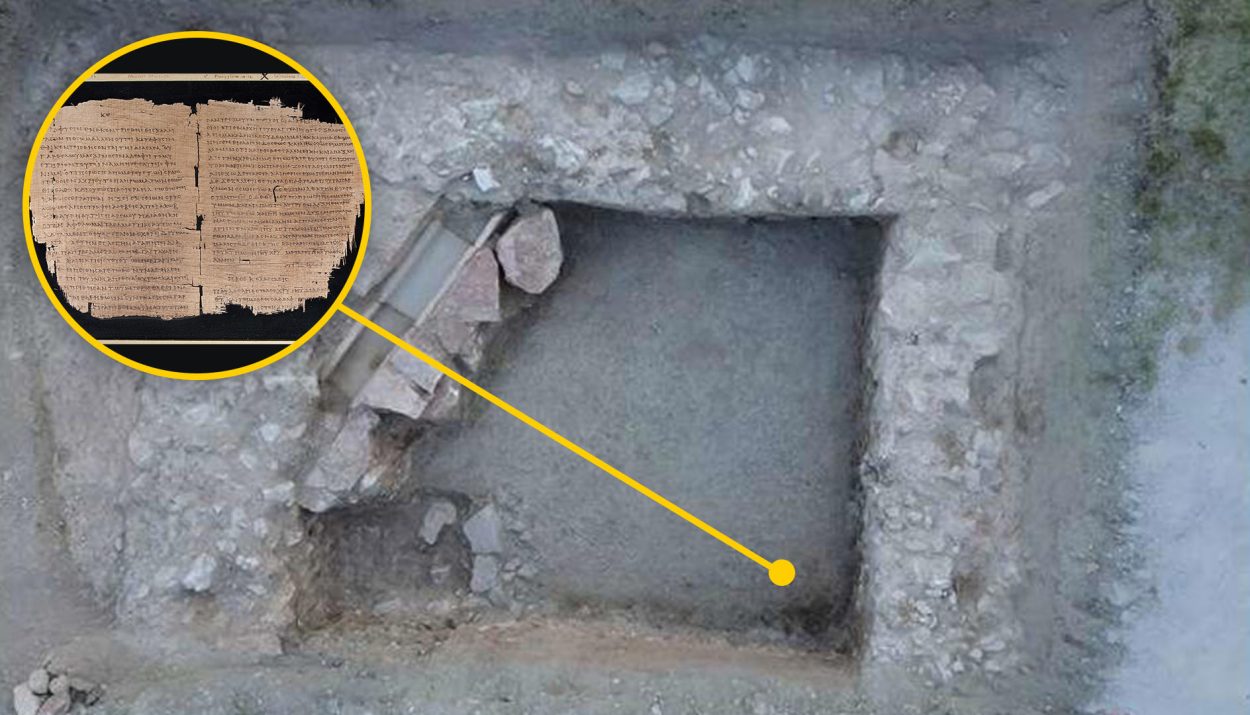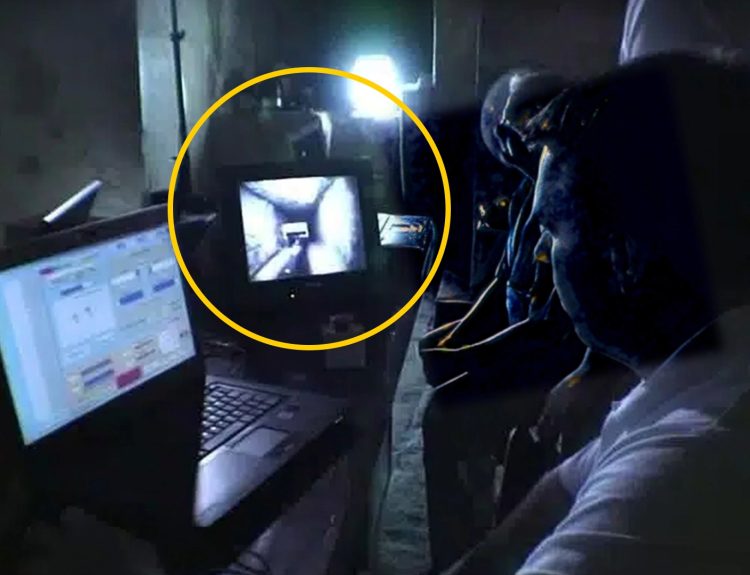The Christianity we recognize now and hold dear went through many formidable challenges. It wasn’t simply presented and embraced as the most awaited religion; rather, it endured trials and tribulations while shaping its journey into the faith that we now cherish.
Well thanks to the monumental discovery of an ancient letter written by the Roman Emperor, we can now get a glimpse of how slowly society changed, and how they were able to shed off their pasts and embrace a new religion. Sit tight as we shed more light on this.
The Discovery Of The Ancient Roman Temple
Nobody knew how the transformation from the pagan gods to Christianity happened within the Roman Empire. What we all know is that Christianity is the dominant religion in the Roman Empire but not exactly how it became.
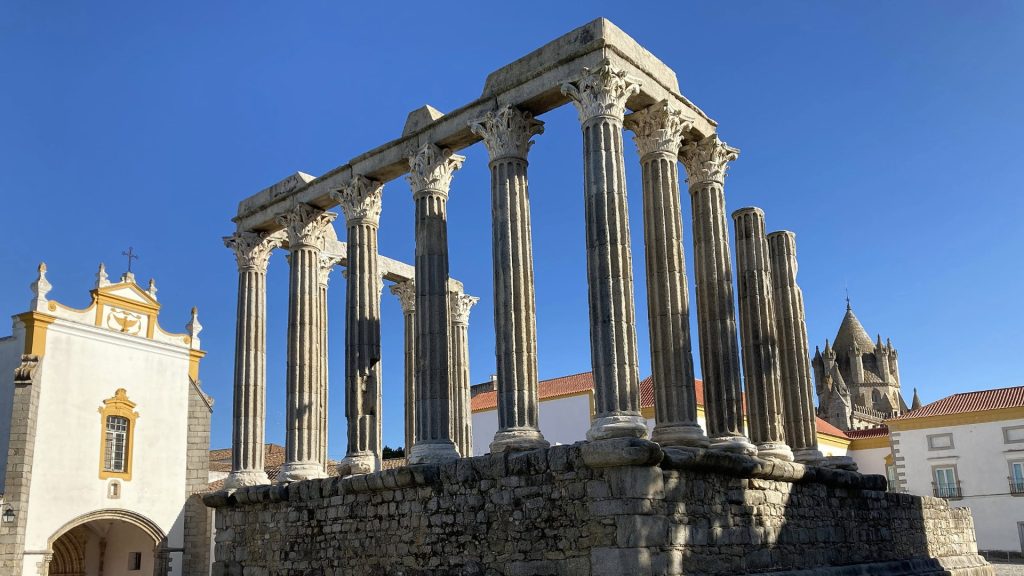
However, Douglas Boin who is a distinguished professor of history at Saint Louis University made this monumental discovery of an ancient Roman temple that will change everyone’s thought process concerning the move from pagan Gods to Christianity.
The Social Change From Pagan Gods To Christianity
Douglas Boin unveiled this significant announcement during the annual meeting of the Archeological Institute of America. The discovery of the ancient Roman temple by his team members provided profound insights into the transformative shift from the pagan god to Christianity within the Roman Empire.

This revelation is a noteworthy addition to our understanding of the history and culture that took place during this period. It helps to unravel the intricacies of historical and cultural evolution that transpired during this pivotal period.
The Walls Of Monumental Structure
Boin and his team were searching for something significant enough to stand as a piece of evidence to prove that religion took a huge step to become what it is today. They came in contact and discovered three walls of substantial structure.
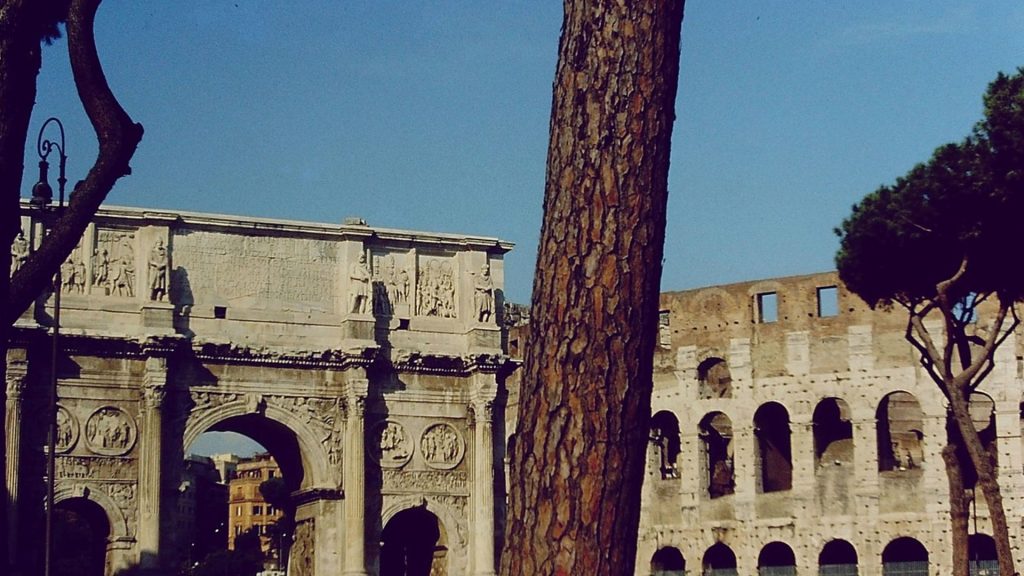
There were obvious indications that these structures were part of a Roman temple from the time of Constantine. This dates back to the fourth AD, making it a remarkable addition to the historical landscape of this particular region in Italy.
An Insight Into The Ancient Townscape
This is a tangible connection between two different eras. The discovery of this Roman temple is poised to play a crucial role in enhancing our comprehension of the ancient town, its urban structure, and the societal dynamics during the late Roman Empire.
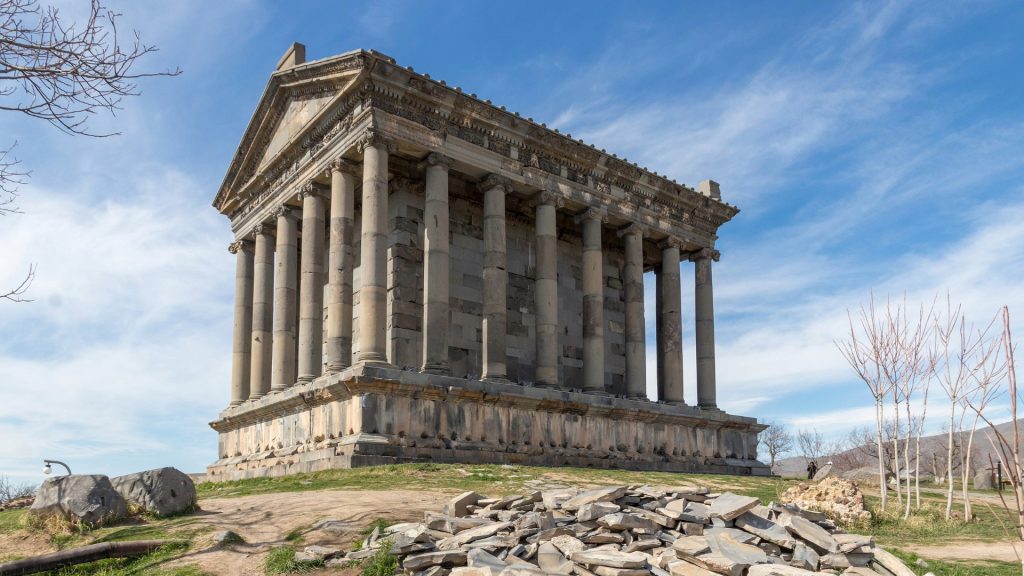
By revealing this significant structure, it helps to bridge the gap between the classical pagan world and the early Christian Roman world. This finding also brings attention to the continuities that are sometimes overlooked or omitted in broader historical narratives.
The Monumental Discovery Was Made Over The Summer
Professor Boin and his excavation team achieved a monumental breakthrough during the summer. Boin, who is renowned for his expertise in ancient Roman history and its religious transitions, led the excavation in the town called Spello.

Spello is a medieval hilltop city situated approximately 20 minutes from Assisi and 2.5 hours north of Rome where he found a letter from the Emperor of Rome. This historical document played a vital role in guiding the team to the location where this significant discovery took place.
The Selection Of Spello Was Strategically Guided
The decision to excavate Spello was quite purposeful and strategic, it was guided by a rescript found in the 4th-century letter from Emperor Constantine to the residents of the town.
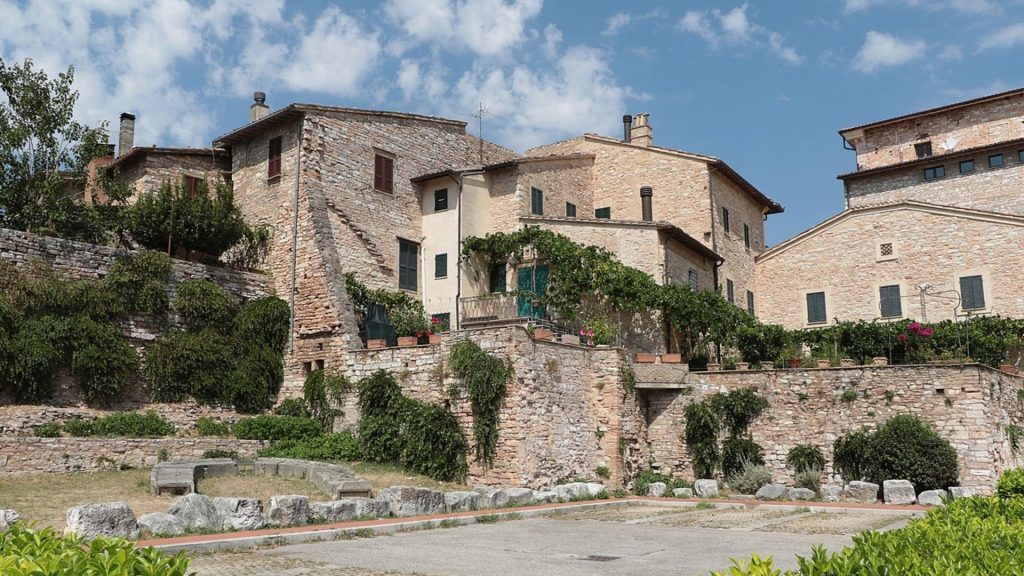
This rescript was in the form of a decree or order about a specific religious holiday. Although the contents were shocking, it shows us how the Roman Empire transitioned from one religion into the other.
The Order To Worship The Constantine’s Divine Ancestors
The rescript that was found in the 18th century revealed a fascinating directive that granted the people of Spello the privilege of celebrating their religious festival locally, without having to journey to another town’s festival.
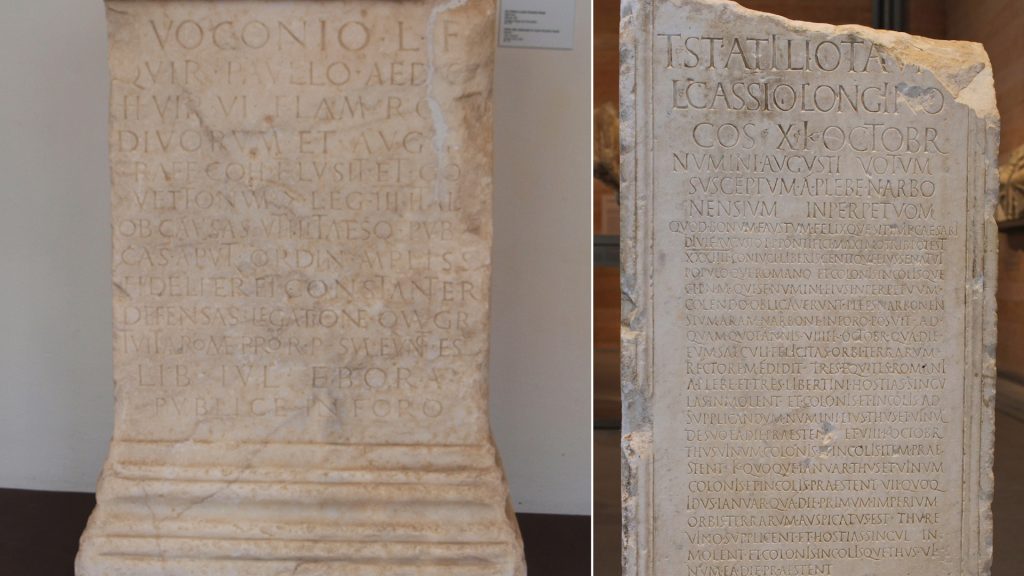
However, the condition for this local celebration was for the people of Spello to put up an erection of a temple dedicated to Constantine’s Devine ancestors, who doubled as the Flavian Family. The inhabitants of Spello were instructed to bow down and worship these deities. This was known as the “imperial cult”
The Remarkable Religious Continuity – The Imperial Cult Practice
This monumental discovery underscores a remarkable religious continuity between the Roman world and the early Christian world. It discourages the notion of the sudden transition emphasizing that change didn’t just happen overnight.

There was limited awareness when it came to the issues of the late imperial cult practices, however, after Boin and his excavation team were able to find and identify an actual physical structure that was associated with this practice, it became proof that people practiced the cult during the transition into Christianity.
The Imperial Cult Underneath A Christian Leader
The trip down to Spello was a significant one and it was of great help to Boin and his team. Spello aided in the major discovery of the imperial cult placed right underneath a Christian ruler, we’re guessing a secret occultic temple.
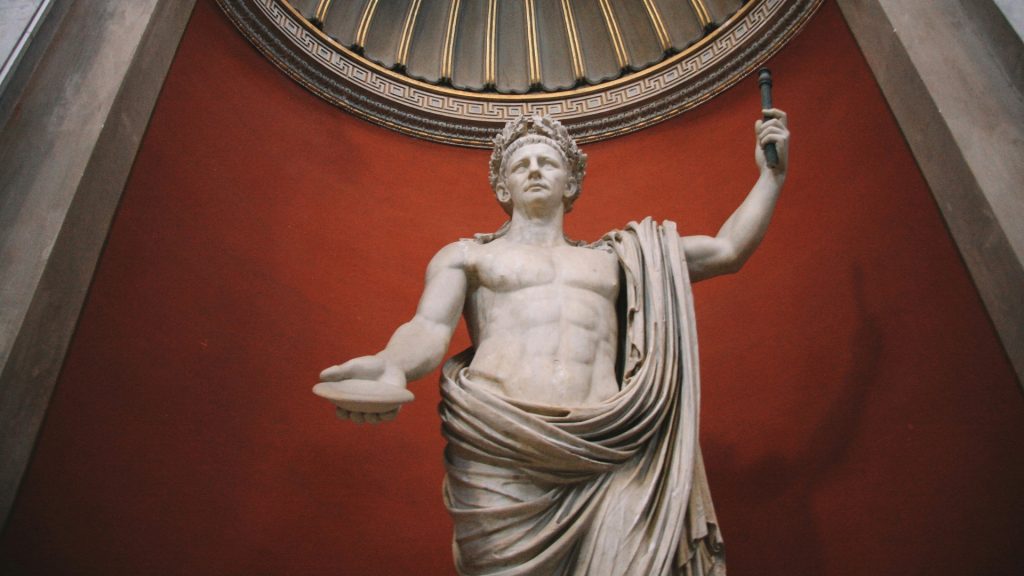
After Boin traveled to Spello, he orchestrated underground imaging to assess the potential existence of ruins beyond the surface that needed excavation. This was how Boin and his team struck gold.
After Weeks Of Meticulous Efforts, They Finally Located The Temple
After several weeks of meticulous research, Boin received promising images by sheer luck. These images pointed to the presence of significant structures underneath the parking lot. Boin and his team suspect it to be the location of the temple.
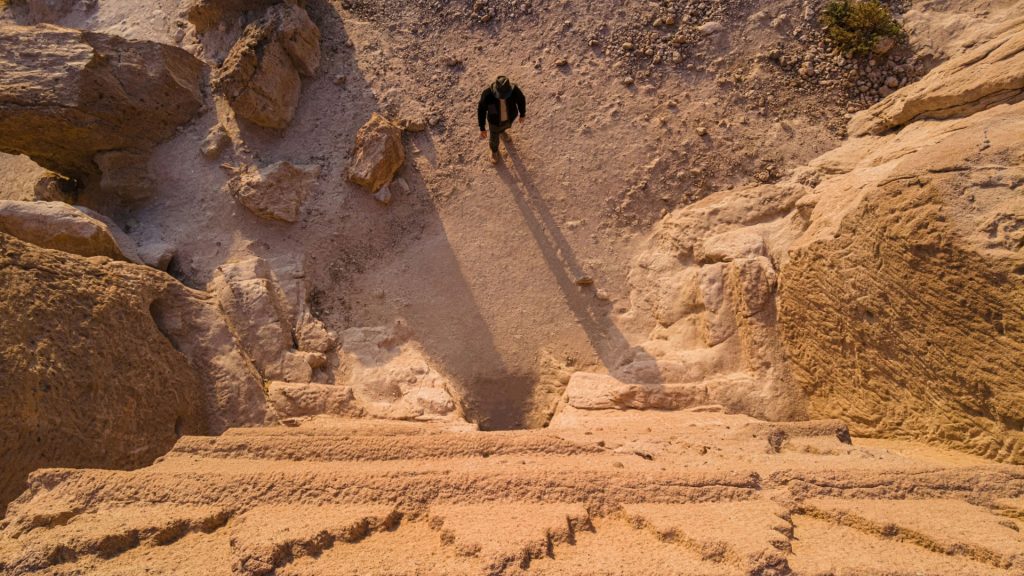
This breakthrough by Professor Boin marked a significant turning point in the excavation, leading the team to the precise spot where the ancient Roman temple was located.
The Team Continued To Dig
The team continued to dig, although they were very careful with it, hoping to find some other pointers, as they kept digging they found two adjoining walls. Boin believes these walls to be the inside walls of the ancient Roman temple.

Boin stated that although there was evidence from other places throughout the Roman world that Christian rulers supported cult practices, this temple right here is the biggest evidence of the imperial cult both in 4th century Italy and the late Roman Empire.
The Existence Of The Temple Confirms Two things
The significance of this discovery lies in bridging two historical landmarks. While it has been established that pagans continued to worship in their temples during the fourth century those findings were rather small and inconsequential.
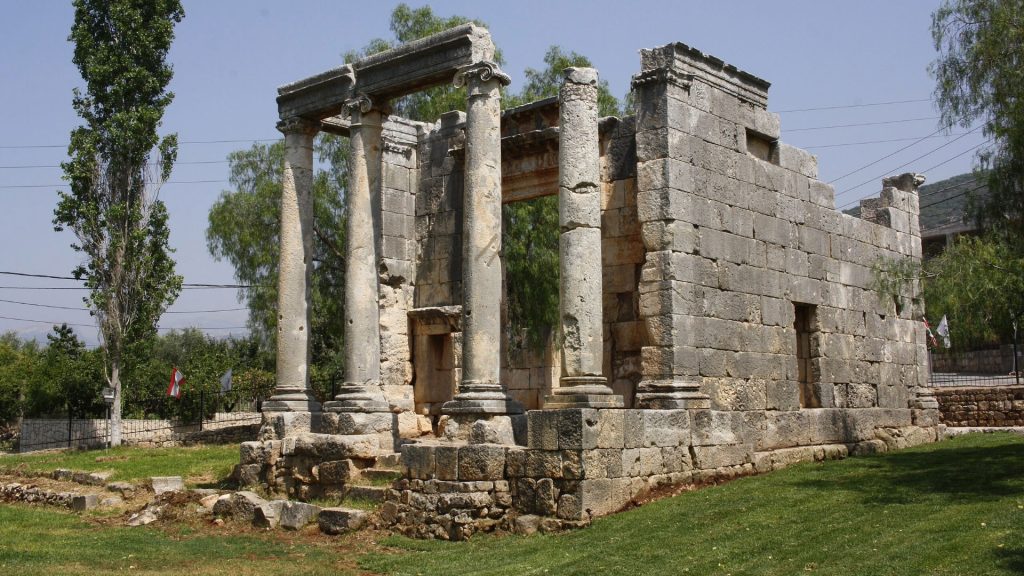
Additionally, historical knowledge indicates that Christians were in support of those imperial cults, but specific locations of these events remained elusive. This newly found temple serves as a link, providing tangible evidence of what happened during that period.
This Roman Temple Is Unlike Any Other
After Professor Bion took a good look at the Roman temple, he concluded that this particular discovery was unlike any other temple that was known in the Mediterranean world of the fourth century.
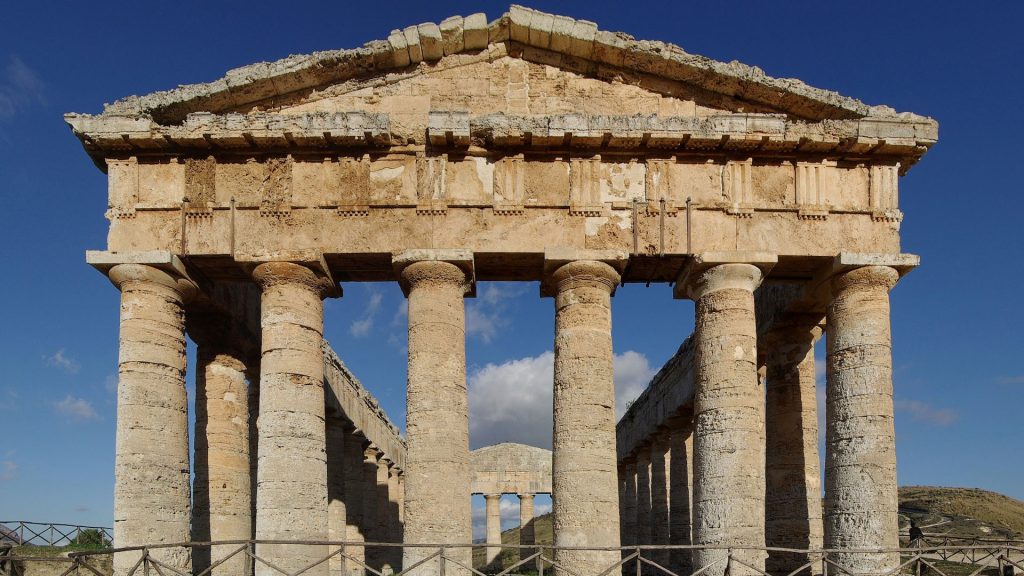
It is only normal for any study of the Roman Empire to include an account of this temple, this affirms that it is an incredible discovery to make.
Societal Changes At That Time Moved Slowly
With this huge evidence, Boin can now proudly show the whole world how the changes society faced moved slowly. While Constantine marked the first Roman emperor known for converting to Christianity, the official adoption of Christianity as the state religion took place almost 70 years later under Emperor Theodosius.
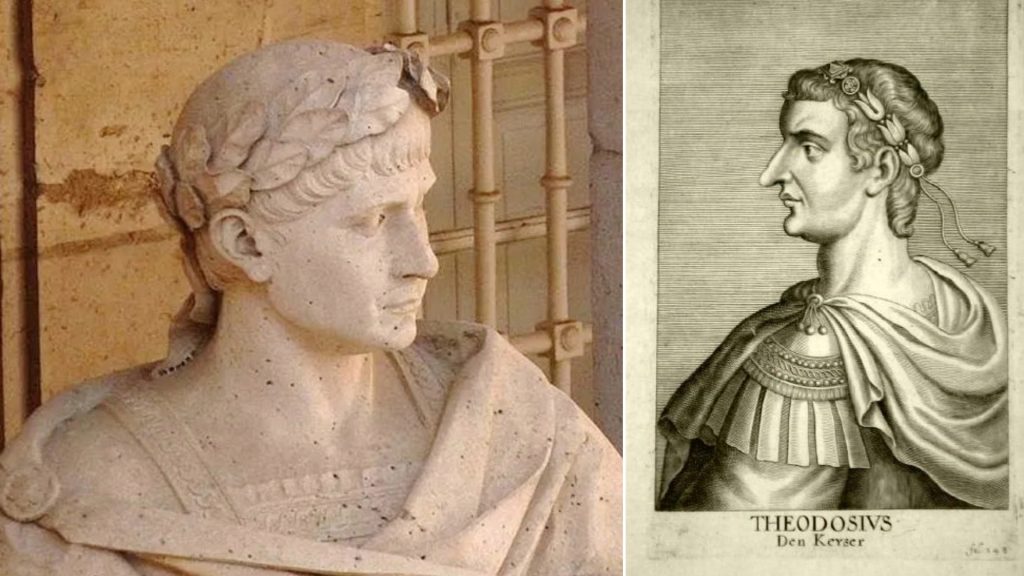
This long transition period witnessed several convincing and gradual shifts and individuals who worshiped pagan gods went through a process that required time, persuasion, and incremental changes before the widespread conversion to Christianity occurred.
The Pagan Traditions Have Been Around For Centuries
The Roman temple in a radical manner provides insights into the enduring influence of the pagan traditions that had existed for centuries before the ascent of Christianity.
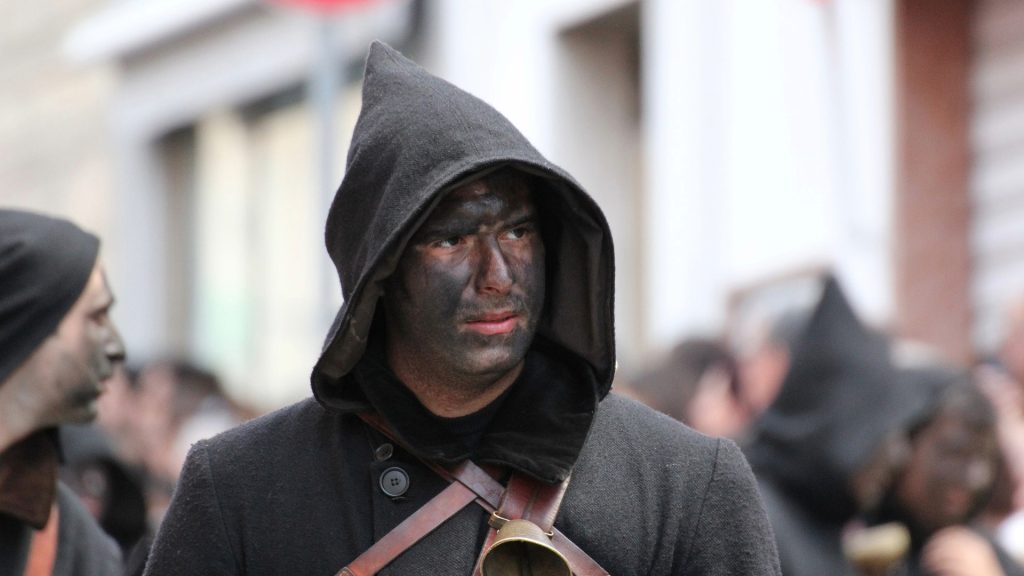
It reveals how the Roman Empire including Constantine navigated their values, aspirations, and visions for the future of the emperor and the empire. And rather than burying the past, they managed to link the old with the new.
Boin And His Team Will Return To Continue Excavation
Boin and his team plan to return to Spello next summer for a comprehensive excavation of the entire area containing the temple. The goal is to examine the structure and find more significant discoveries.
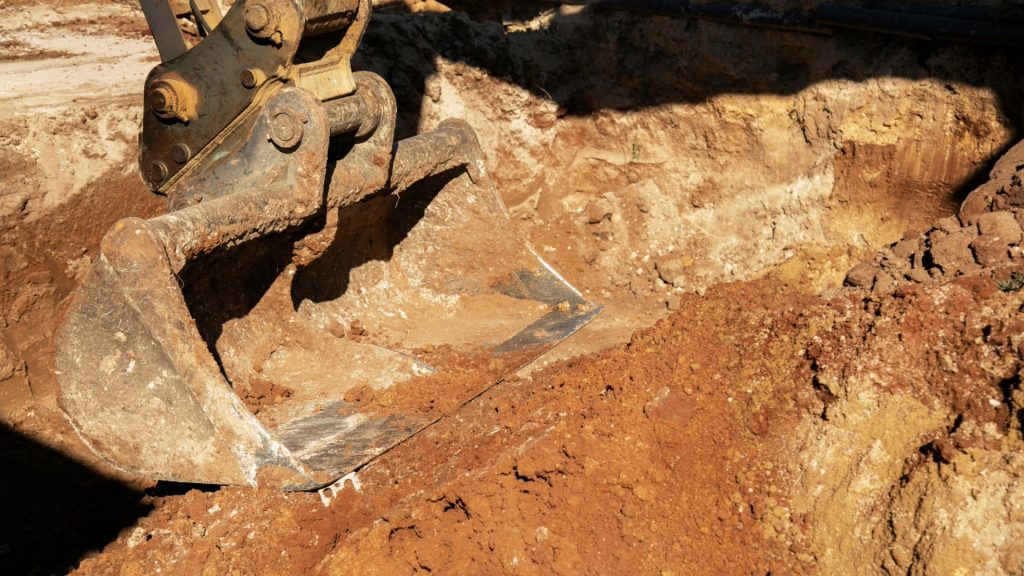
This new excavation holds the potential to distrust the traditional narrative and offer a nuanced view of the complexities involved in the transition from pagan tradition to the rise of Christianity in the Roman Empire.
Shedding Light On Forgotten History
The nature of cultural change is mostly more subtle and complex than perceived. There exists a considerable gray area between our customs, the broader cultural transformations, and those elements that may be overlooked or excluded from the narrative.
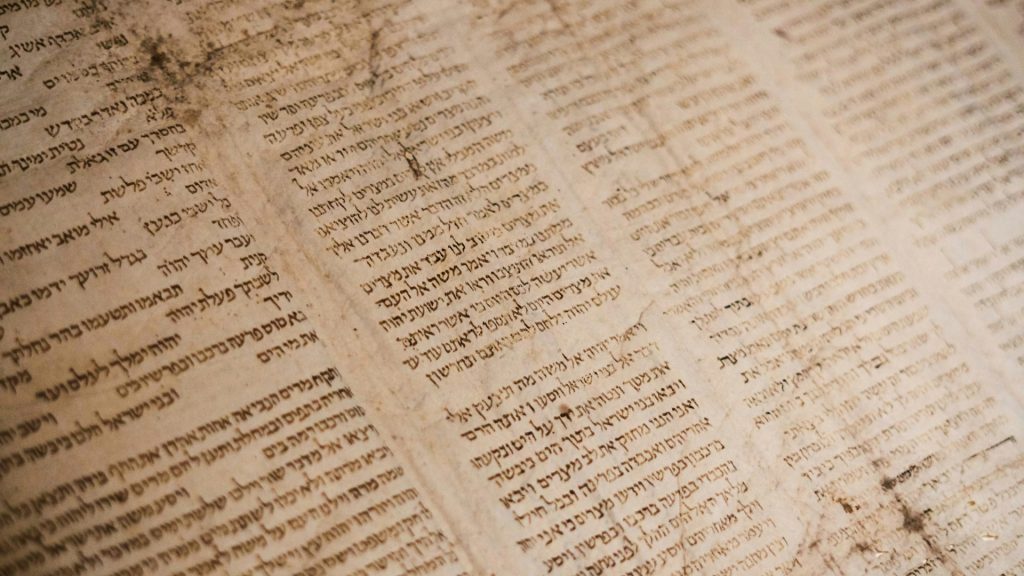
This whole monumental discovery sheds light on the unconventional and unexpected nature of a temple. It was dedicated to an emperor’s Divine ancestors serving as a way to venerate the emperor in a world that is gradually embracing Christianity.

